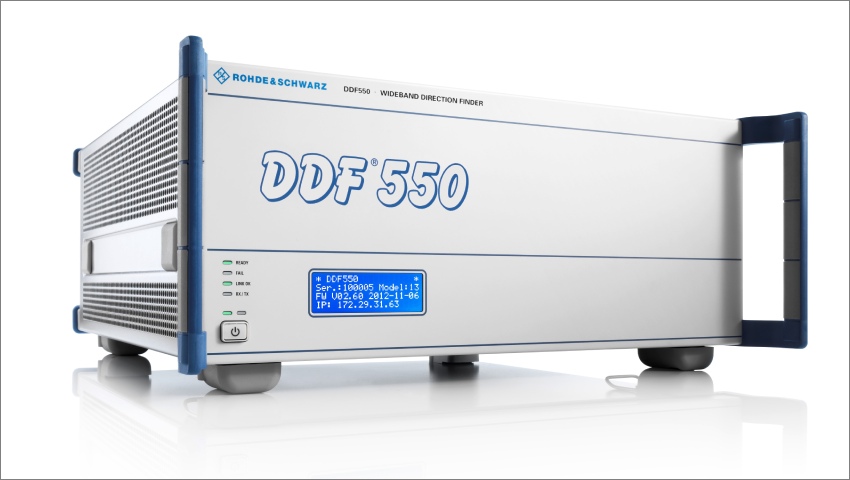The company has been tapped to ramp up delivery of the interference hunting vehicles.
Thailand’s Office of National Broadcasting and Telecommunications Commission (NBTC) has announced it would expand its R&S ARGUS spectrum monitoring system from Rohde & Schwarz, ordering 26 additional interference hunting vehicles.
According to Rohde & Schwarz, the technical parameters for the vehicles/mobile stations and measurement equipment comply with ITU recommendations and guidelines, supporting both manual measurements and radio frequency direction finding.
Since 2014, the company has supplied the NBTC with seven spectrum monitoring vehicles leveraging R&S ARGUS monitoring system amid advances in communications technology and the increase in radio services.
The system is designed to verify compliance within licensed parameters and guidelines for transmitter systems, with violations or radio interference sources detected, identified and tracked to the transmitter source.
“These mobile systems provide more benefits to NBTC through by expanding remote RF interference detection, localisation and identification capabilities for all kinds of modern communications signals. A database and a geographic information system (GIS) provides additional support,” Anne Stephan, vice president, critical infrastructure at Rohde & Schwarz, said.
“The new 26 mobile stations can be combined to form a single sensor network or operated individually.”
An R&S DF550 wideband direction finder serves as the core of each station, providing both direction finding and signal monitoring capability.
The R&S DF550 receives signals from the compact R&S ADD253 correlative interferometer direction finder antenna mounted on the roof.
This is Rohde & Schwarz’s latest international contract following its work to upgrade London vessel traffic services (VTS) communication equipment for the Port of London Authority (PLA), working with engineers at the authority’s control centres in Gravesend, Kent and the Thames Barrier Navigation Centre (TBNC) in Woolwich.
The company installed an advanced, VoIP-based maritime communications system, designed to handle all VTS communications.
The customised system is tipped to enable the PLA to control movement of vessels within the Port of London, spanning the entire coastal Thames from Teddington Lock to the North Sea.
[Related: Rohde & Schwarz upgrades maritime coms for Port Authority]








